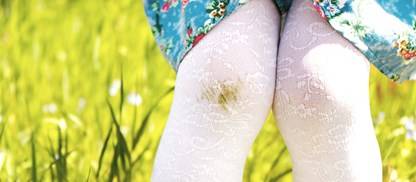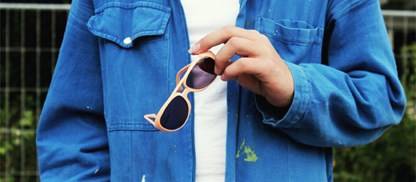Dicas para remover nódas
Diga adeus às nódoas teimosas e indesejadas com as nossas dicas práticas.

Para todos os pequenos deslizes, derrames e acidentes da vida, a nossa gama de tira-nódoas Vanish Oxi Action foi concebida para lidar com as nódoas mais difíceis. Vanish está aqui para ajudá-lo a manter as suas roupas livres de nódoas para que possa apreciá-las por mais tempo. Concebido para o seu conforto, existe um produto para cada necessidade.
Nódoas corporais
![Nódoas corporais]()
Nódoas de ambientes externos
![Nódoas de ambientes externos]()
Nódoas da casa
![Nódoas da casa]()
Nódoas domésticas
![Nódoas domésticas]()
Nódoas em tecidos
![Nódoas em tecidos]()
Nódoas na roupa
![Nódoas na roupa]()
Nódoas comida e bebida
![Nódoas comida e bebida]()








